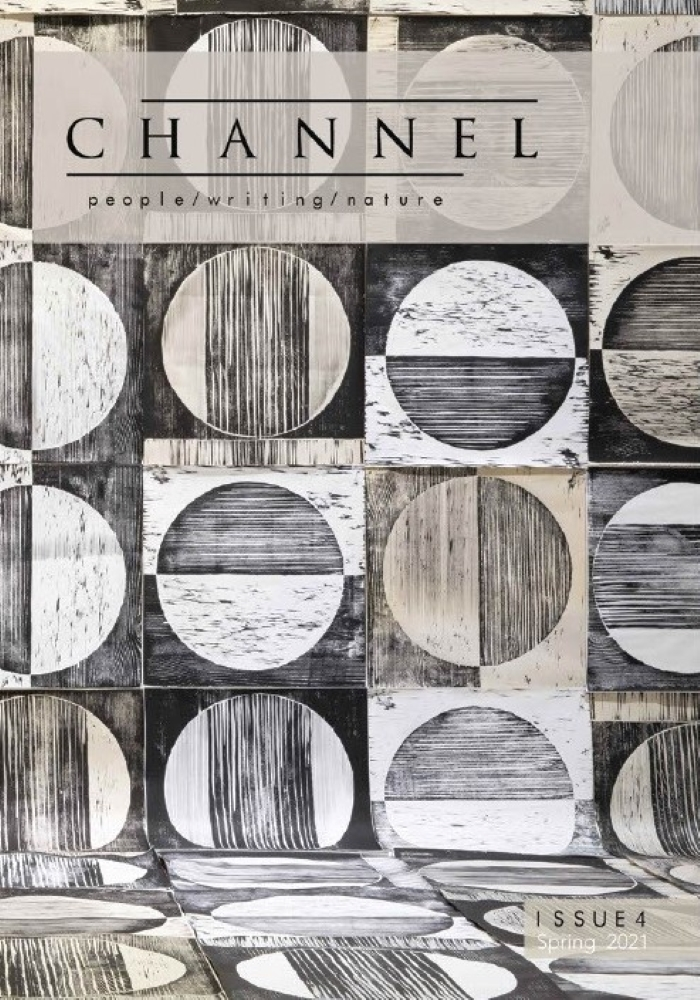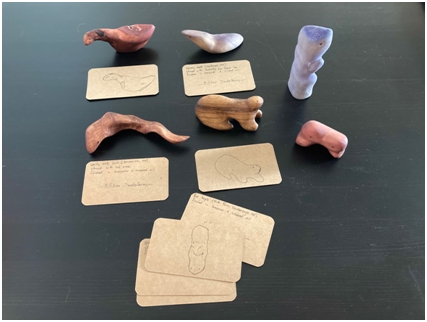Often compared to soundtrack music for films that have never been made, The Plaster Cramp is a cross-genre collaboration I’ve been engaged in for several years with member’s of The b.l.a.c.k. Lodge Brass Band. I typically describe what we do as some form of chamber jazz, but we’re just as much influenced by math rock, folk traditions, and the history of electronic music (from Stockhausen to Regan Farquhar). Which ultimately makes us a pretty strange band. Yet of all the musical projects I’ve attempted throughout my life, this is the first one that strangers seem to actually enjoying listening to. This strikes me as a particular metric for success.
Which is why we’ve decided to attempt an experiment and release our eighth record, Soma, as a limited-edition vinyl LP (our previous recordings were digital-only releases). Alternating between spacious meditations and percussive expeditions, the eleven songs of Soma operate as a non-verbal internal dialogue, improvisations balanced by tight compositions and awash all over with environmental samples of wind and water and laughter. Dean Thornton is currently assembling the artwork, and we’re working with Little Elephant Custom Vinyl, one of the best small-batch record makers in the country. We hope to have records in folks’ hands by October 27th, 2023. In order for that to happen, though, we need to collect pre-orders now.
If this sounds like a fun or enticing prospect, click here to pre-order a copy of Soma by the Plaster Cramp for $40 USD (postage included for US orders). You can also purchase the record through our Bandcamp page (this is especially useful for international orders), or pre-save the songs on the streaming service of your choice (they’ll be added to your library automatically on release day).
Pre-orders need to be made no later than August 22nd, 2023. There will likely not be a second pressing of the record after this date.
A little more info on the composition of Soma:
No poetry.
No abstractions.
I’m tired.
My bones hurt and my head is foggy and this associative chain of memories keeps cycling back to some of the folks who have meant the most to me throughout my life—Joshua, Glen, H., so many others—and to whom I can never speak again, touch again, laugh with or sleep beside again. They are gone, some more mysteriously than others. But I’m still here.
From the very start, death’s sorrowful hand has defined my life (my mother was convinced I was the reincarnation of my brother Daniel: try growing up “normal” with that as the opening lines to your tragic backstory). The way I listen, the stiffness in my gait, how I respond to the sight of something light adrift on a morning thermal: everything about me is somehow informed by loss, and it’s exhausting. I’m tired of the loving part of me being so constantly, irreversibly bound to death. Tired of and tired by. Like a leafless vine fed on sour milk, reaching for something high above, something close to where the light shines through: my roots will never not be sown through the fertile soil, black with worm castings and moldering leaves.
So much for no poetry. Too tired to stick to my own arbitrary rules. Glen would playfully mock me for this. H. wouldn’t give a shit either way. I don’t know how Josh would react because he died when we were still both so young, barely in school: all I really remember is his laughter and his curling locks and how one time we were racing through his grandparents’ kitchen and somehow knocked over an extension ladder (why was there a ladder in the kitchen?), how it came down hard and fast on my bare foot and blackened my big toenail which, in a few days, would terrifyingly fall off. Who else alive knows this story? I’m too tired to answer my own questions.
Somehow, this all equals eleven songs etched in black lacquer. Songs written through the cipher of my worn-down corpus. Songs capturing the listless fatigue stitched through the endless prayer of remembering. Songs embodying an exuberance I wish I could hold and make real. Songs of incidental beauty when I remember not everyone I love is dead. Songs I can write yet only others can perform.

The personnel for Soma are Dead Charlie (reeds, bass recorder, arrangement, contrabass, percussion), Pella (piano, vibraphone, keyboards, arrangement, viola, horns), Ants (horns), Kes (percussion, marimba, kalimba, horns), T (cello, percussion, alto trumpet), and Lawrence (drums, percussion, horns, broken air organ), with me providing composition, arrangement, production, electronics, and keyboards. Field recordings provided by Scott Sell, as well as klankbeeld and Benboncan at freesound.org. All artwork done in collaboration with Dean C. Thornton, who also was indispensable in making all these varied pieces come together as a whole.
As always, thank you so much for reading and for listening. None of these things would be possible without you.









